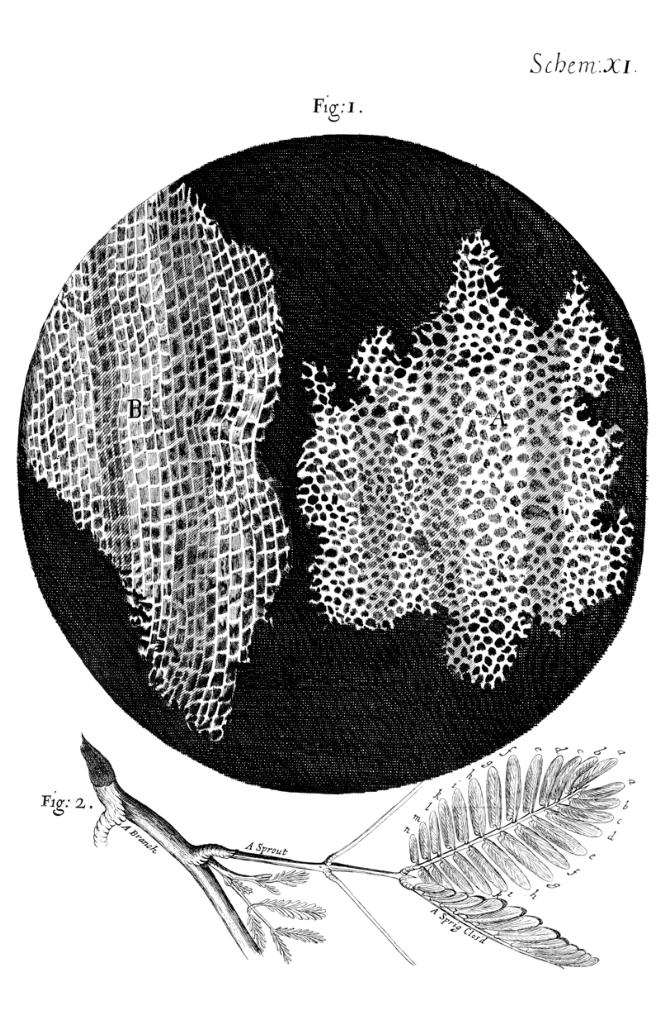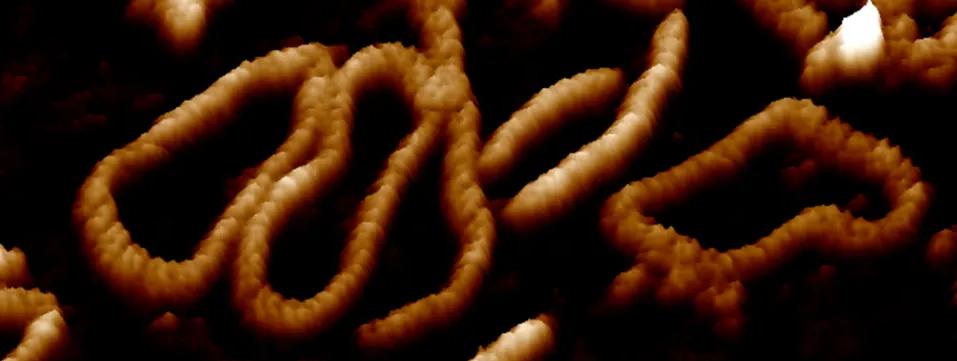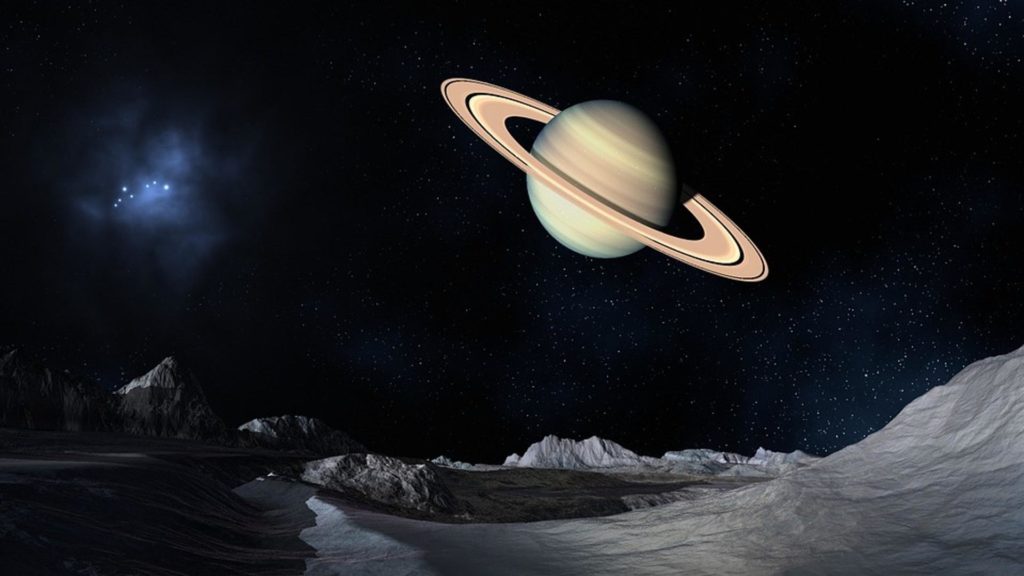We’ve all heard the old analogy about the nucleus of an atom: in terms of size, it’s like a fly in a sports stadium. Well how about recent microscopy technology advances for mankind to view the universe in the latest microscopy discoveries and new microscope technology and microscopy techniques?
Microscopy Research and Technology
It almost seems impossible that we would be able to see “further” into the world of the very small than we already have, but scientists are always figuring out new ways to do it. In a way, it’s like exploring the vastness of outer space: peering into the tiny universes all around us through different microscopy types presents no less opportunity for astonishment and wonder.
➢ For further microscopy research visit the Microscopy Society of America.
Advances In Microscopy and The Latest Microscopy Advances in Spores For Microscopy
In today’s post on microscopy we’re turning our sights to the most recent advances in microscopy technology. First, we’ll look into the not-so-long-ago past, because the comparison of where we started to where we are is nothing short of dramatic.
➢ Looking into spores for microscopy research can even provide more research evidence on the benefits of microscopy technology.
Then and Now: Stunning Context for How Far Microscopy Has Come

Just over 350 years ago, in 1665, an English scientist published what would become the first bestselling scientific book and it was all about microscopy. It was also the first publication to use the word “cell” to refer to biological objects, among several other paradigm-shifting related subjects and elaborations such as mushroom cross strains in advancing microscopy techniques.
Read The Robert Hooke Microscopy Book – Micrographia for Microscope Technology Advances
Read the Robert Hooke microscopy book Micrographia (the very long full title is Micrographia: or Some Physiological Descriptions of Minute Bodies Made by Magnifying Glasses). With Observations and Inquiries Thereupon), the manuscript has inspired the public to become interested in microscopy, largely thanks to Hooke’s many beautifully detailed pictures representing the most recent microscope technology advances.
Interest in Microscopy For Study Through Micrographia & Microcopy Technology
Some historians speculate that the explosion of interest in microscopy after the publication of Hooke’s book can at least be partially attributed to the manner in which he presented the drawings: many of the images are presented in a round frame, making the reader feel as though they’re looking at the subject through a microscope themselves advancing microscope technology progress for Micrographia.
As we continue on to look at some of the most recent advancements in modern microscopy technology, pause and think back on Micrographia. One can’t help but marvel at how far we’ve come in a scant few hundred years, and you just have to wonder what Robert Hooke would have thought of everything that’s possible now such as learning how to cross cubensis strains in the study of micrographia.
Real Pictures of DNA Molecules

Microscopy Images of DNA Using Your Own Mushroom Kit
Research recently published in Nature Communications has revealed that scientists have taken the highest resolution images of Deoxyribonucleic acid (DNA) ever captured. The view is stunning!
➢ Develop your own mushroom kit using microscopy techniques and mushroom spores growing guidance.
Photomicrography Introduction: Taking Pictures With Your Microscopy Using Microscopy
(As a quick aside, this author wanted to mention that while you may not have the equipment necessary to take photographs of DNA, you can take pictures of your specimens.
➢ See how in our article Photomicrography Introduction: How to Take Pictures With Your Microscope.)
Atomic Force Microscopy for Golden Teachers
The DNA images were taken using atomic force microscopy (AFM). AFM technology has been used since 1985, but clearly has come a long way. This non-optical, non-destructive technology involves scanning a small cantilever (projecting structure) over the surface of the subject. The surface of the cantilever touches the subject and bends, which regulates the amount of laser light entering the microscope photodiode. Atomic force microscopy is often used in examining Golden Teacher mushroom spores.
DNA pictures and DNA images are one thing, but what about seeing DNA in real time?
The videos we have developed enable us to observe DNA twisting in a level of detail that has never been seen before.
Alice Pyne at University of Sheffield, author of the paper
Atomic Force Microscopy
Perhaps the most interesting result of this research, however, is the technique the scientists used to generate “videos” of DNA. Thanks to the availability of high-resolution images, researchers were able to feed the new data into a computer simulation to yield what they believe to be a highly accurate full-motion view into the behavior of DNA.
Atomic force microscopy is useful for more than just watching the hypnotizing dance of DNA. As impossible as it sounds, this technology is helping us learn about the moons of Saturn.
Studying the Very Small to Learn About the Very Large: Saturn’s Moon Titan and AFM Technology
Astronomy, and space exploration as a whole for that matter, seem like fields of science that couldn’t possibly have less to do with the very small worlds of microscopy. Of course, as even amateur scientists quickly learn, fields of science like these do tend to have overlap… often quite a bit.
Researchers have long been interested in Saturn’s largest moon, Titan. There’s a “fog” covering the moon, an orangy haze that may have been very similar to the same fog which blanketed planet Earth some 2.8 billion years ago.

If more information about the haze could be discovered, it might give scientists a great deal of insight into what may have occurred here on Earth all those billions of years ago—and, critically, what conditions were required for life to flourish as it has.
While probes have been landed on Titan, like the one deposited by the Cassini-Huygens mission in 2005, getting real samples of Titan’s atmosphere back to Earth is as yet impossible. So, to overcome this, researchers at IBM recreated what they believe to be an as-accurate-as-possible representation of Titan’s atmosphere in laboratory conditions. Much of the information used to “create” Titan’s atmosphere here on earth was thanks to the Cassini-Huygens probe data.
The created atmosphere is now being studied using AFM technology—the same technology used to photograph DNA.
Amateur Microscopy Equipment, Research Specimens, and How-To Guides for the Strongest Mushrooms Research
Interested in doing your own microscopy research using exotic mushroom spores or in researching the strongest mushrooms?
We believe that one of the most interesting specimens for amateur microscopists are exotic mushroom spores, of which we have many authentic, viable samples available for purchase here at www.Qualityspores.store.
Microscopy Equipment For Mushroom Research
Qualityspores.store carries a selection of high-quality microscopy equipment for mushrooms research and this is the kind of stuff Robert Hooke could have only dreamed of!
To learn more about amateur microscopy, especially as it relates to mycology and the study of mushroom spores, please read our three part series on “The Complete Guide to Amateur Microscopy and Studying Psilocybin Mushroom Spores”.
